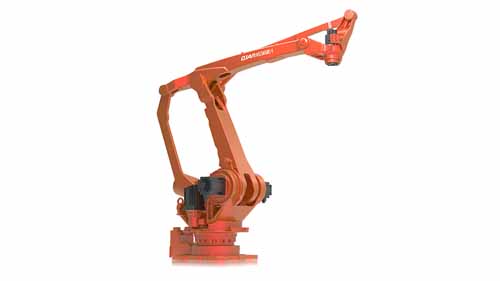
If you are familiar with industrial robots, you must have come across the word machine tending. What exactly is a robot machine tending? This is the process where a robotic system is used to automate the loading and unloading of another robotic machine. In the past, these roles used to be handled by human workers, and this is one of the most dangerous jobs in any manufacturing plant since the machines involved are extremely heavy.
The risks associated with having humans handle that job and the long cycle times involved are some of the factors that led to the creation of robotic machine tending. We are going to explore what a CNC machine tending robot is all about, its applications, the benefits it brings to the table, the drawbacks associated with them, and the future trends expected to be seen one day.
Applications of Robot Machine Tending
Machine tending robots are very reliable and necessary additions to the manufacturing space, and they can be used in a number of ways to enhance production and other processes within the factory floor. The following are some of the notable applications of machine tending robots.
The loading and unloading of raw materials and finished products before and after the manufacturing process is complete. These loads are usually very heavy, and using robot machine tending makes him work faster and safer for all those involved. The robotic arms involved in these pages of the work are not just strong but can extend to great lengths making the loading and unloading much easier.
They are also used to load products into the CNC milling machines and, at the same time, can be used to turn on the machines. Coming too close to these machines is not advised, and in the past, there was no avoiding it. But with machine tending robots, these heavy machineries can be operated without any risks involved.
They are used for stamping, trimming, punching, EDM, and forge pressing. All these processes require heavy machines that are both accurate and fast enough to repeat them over and over again without deviating away from the norm even a single time.
Robot machine tending is also used for mold compressions. This is a process that requires high pressure for it to be successful, and the only machines with that kind of power can only be operated by tending machine robots for the best results to be attained.
Machine tending robots are also used extensively in the welding department, where the main function they perform is holding the products firmly in place for the welding to be done. They have arms and the power to pull that off to increase the accuracy of the welding operation.
Benefits of using Machine Tending Robots
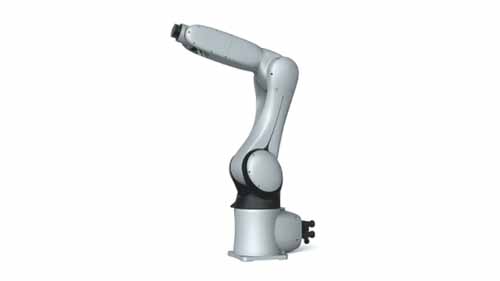
There are several benefits a manufacturer gets when they switch to using root machine tending in their factories. Automation may be the best route to take in manufacturing in the current world but how you go about it is equally important. The following are some of the benefits that using tending machine robots bring to the table.
Reduces Injury Risks
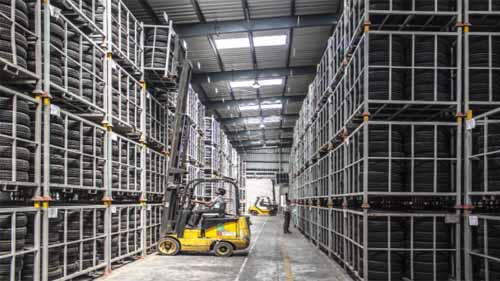
Source: Pixabay
The robotic automation systems as a whole is an attempt to reduce the involvement of humans in the production process, and the most efficient way to ensure that injuries on the working floor are reduced almost entirely is the use of robot machine tending. When the process of feeding materials into a machine is delegated to a robot instead of a human being, the probabilities of injuries go down significantly. Some are even programmed to slow down and even stop functioning once they detect a human in proximity.
Increases Productivity
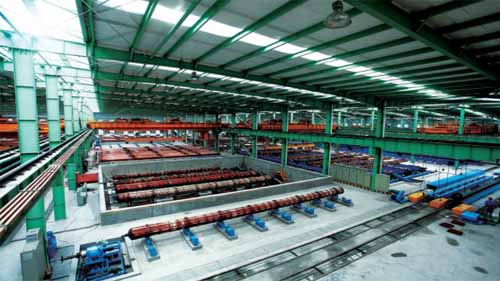
Source: Pixabay
With higher speeds and reduced cycle times, it is only inevitable that the production rates would go up. To the eye, the difference may be in seconds compared to the productivity of a human worker, but when you consider the repeatability and the number of hours that a machine tending robot can go without needing a break, you will start seeing the difference in full. The more time progresses, the better these robots are becoming, and there will come a time where there will not be any need for human operators to be on the floor.
Versatility
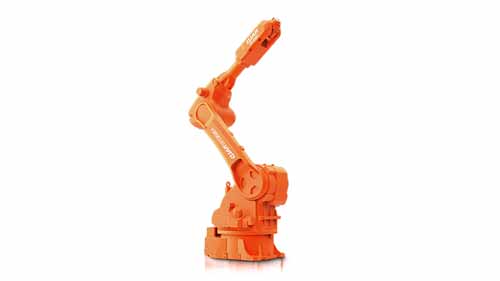
A machine tending robot is not limited to loading and unloading or tending to other robots, they are the most versatile machine server created and they can be put to just about any task on the manufacturing floor depending on the level of need. It is not uncommon to find a machine tending robot handling polishing, sanding, welding, deburring or palletizing. You simply need to have the necessary technical support on-site that can repurpose the robot for other uses once a certain task becomes redundant. This way, you can never suffer any loss once you are done with one section of production. This level of flexibility ensures that production never stops at any moment in time.
Multi-Tasking
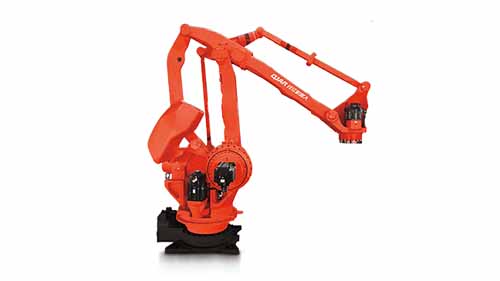
A single machine tending robot can tend to more than one robot at the same time without compromising the speed and efficiency of production. It all depends on how strategically you palace the robots on the working floor. For instance, if you want the tending robot to handle three other robots, then you have to create awesome space between the other industrial robots and place the machine tending robot in the middle with enough space to move around, and it will take care of the rest. Some machine tending robots can even be placed inside the bigger robots and operate from the inside to reduce creating more space on the floor.
The Drawbacks of Robot Machine Tending
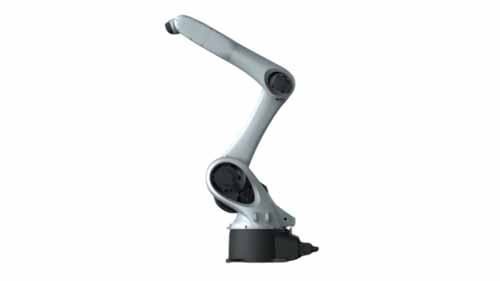
No machine is perfect, and the same holds true for robot machine tending. The following are some of the drawbacks that come with using robot machine tending in daily manufacturing operations.
Machine tending robots can be very expensive to set up and run. It is basically buying a robot to run another robot which means they have to be more advanced. This makes them complicated to make, leading to a high price tag. You will also need to buy more accessories to make their running seamless without any hiccups.
The machine tending robot may find it difficult to deal with some arts that require physical handling. Despite having advanced grippers, not all robot parts are built the same, and this will lead to the machine tending robot struggling with some tasks. Unless you add customized accessories, there’s no way they can be as efficient as they need to be.
The requirements needed to clear a machine tending root for work are long, tedious, and complicated. Robots made in the European Union, for instance, will have a hard time being used correctly in other parts of the world and vice versa. This has limited the applications of robot machine tending worldwide.
Conclusion
Machine tending is one of the most advanced automated solutions ever invented, but they are still far from being perfect. Future trends point to more improved versions in the near future that will be able to be autonomous enough to make their own decision on the manufacturing floor. For those looking to automate their businesses, you can get in touch with us and have a look at our catalog to find machine-tending robots that will fit your needs.
